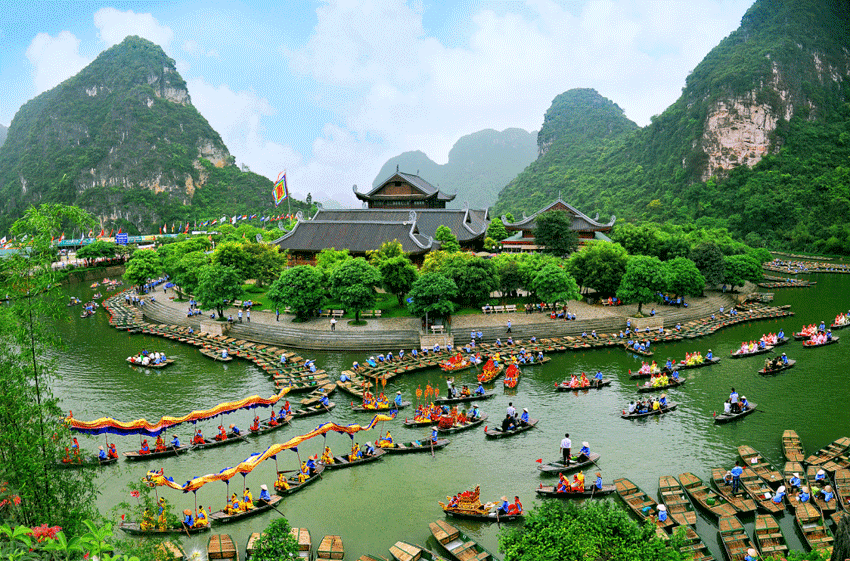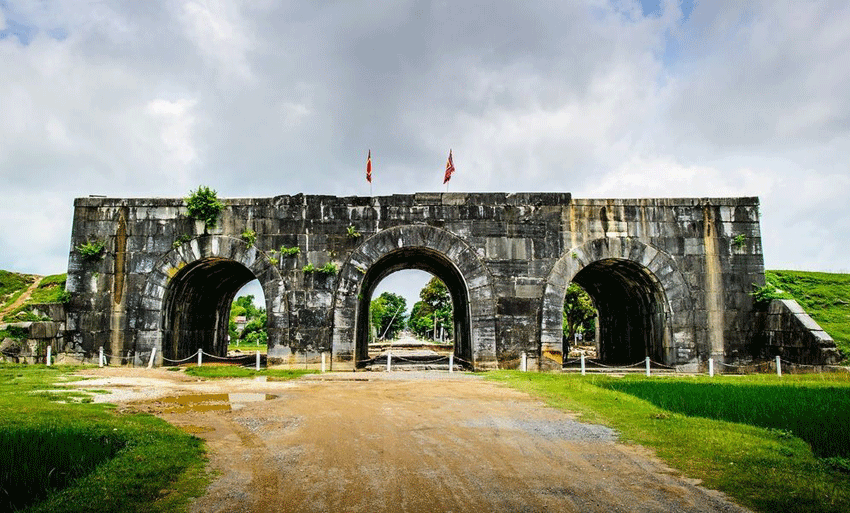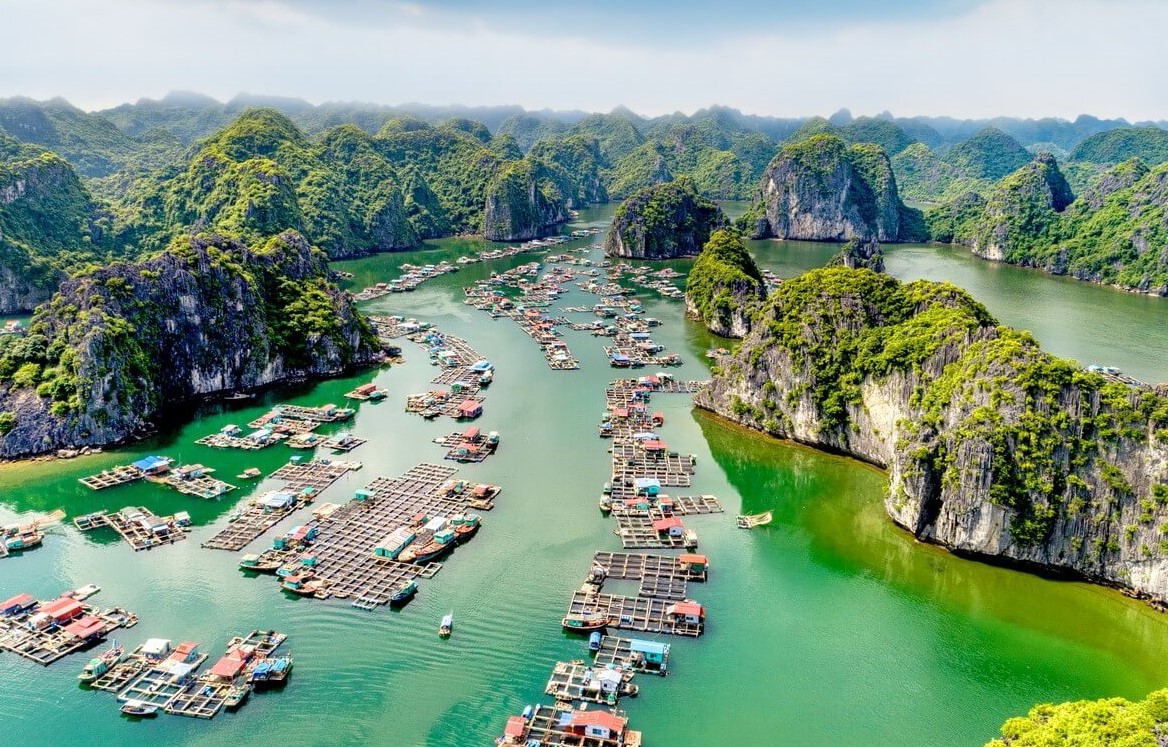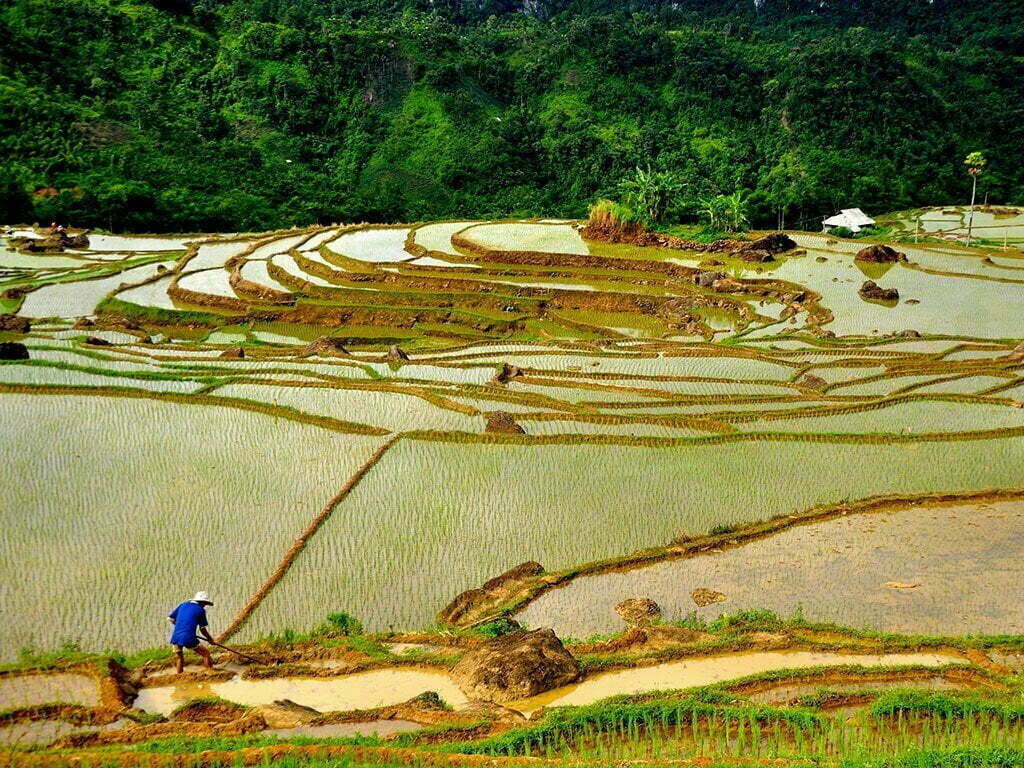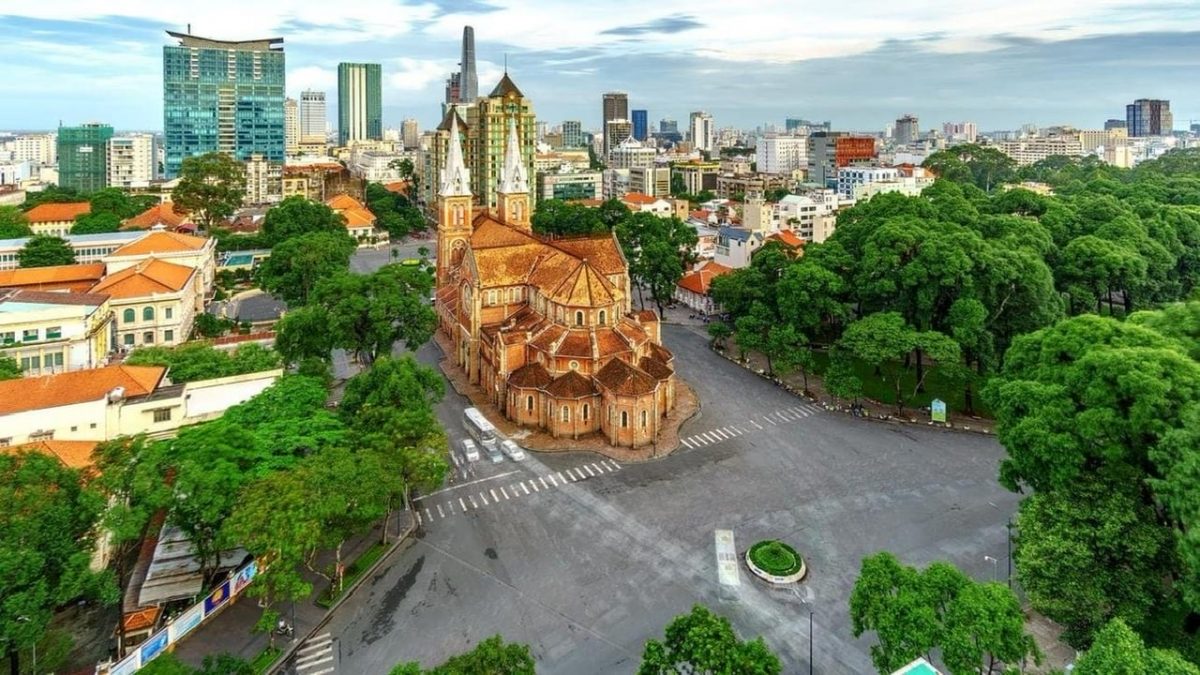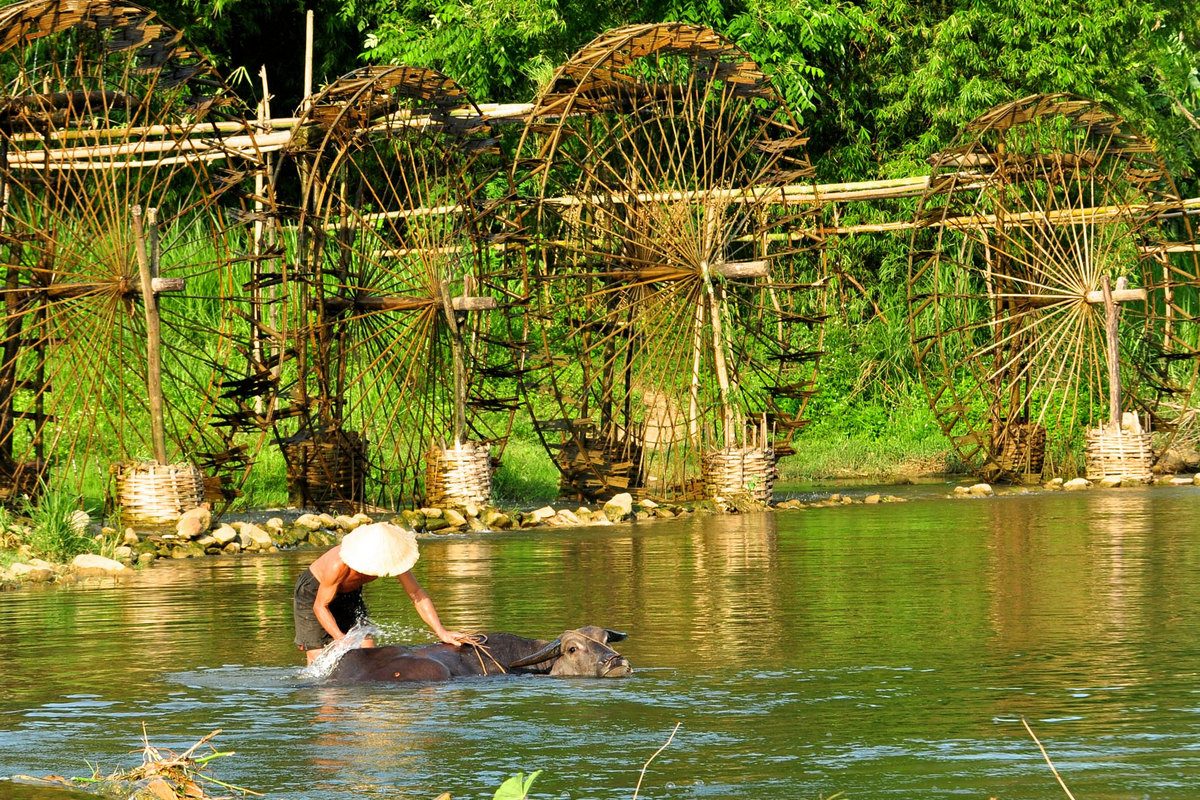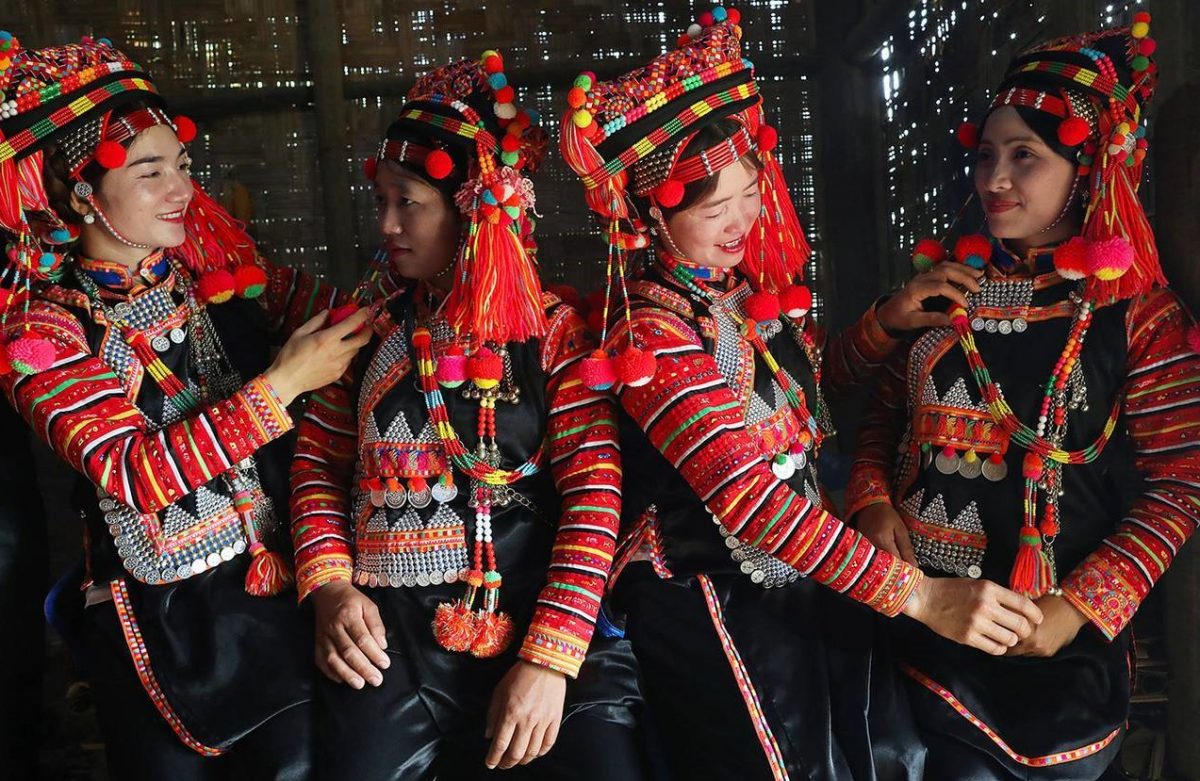Vietnam World Heritages Sites
12/11/2018Vietnam is a majestic country, offering travellers a Vietnam vacation reveals a country with a fascinationg past, exquisite scenery and friendly locals. From the mountainous rice terraces of the north to the awe-inspiring limestone karsts of Halong Bay and the fertile plains of the Mekong Delta, to the spectacular coastline of central Vietnam. There are 8 Word Heritage Sites recognized by UNESCO ( 5 cultural, 2 natural, and 1 mixed site, emphasizing its rich culture and biodiversity. The last one is a mixed site in 2014. The first UNESCO site was inscribed in 1993.
*** Cultural (5)
• Complex of Hué Monuments (1993)
• Hoi An Ancient Town (1999)
• My Son Sanctuary (1999)
• Central Sector of the Imperial Citadel of Thang Long – Hanoi (2010)
• Citadel of the Ho Dynasty (2011)
*** Natural (2)
• Ha Long Bay (1994,2000)
• Phong Nha-Ke Bang National Park (2003, 2015)
*** Mixed (1)
• Trang An Landscape Complex (2014)
1) Complex of Hué Monuments (1993)
Hue was established as the capital of Vietnam in 1802 as the only political, cultural, and religious center under the last Nguyen Royal Dynasty. Hué was not only the political but also the cultural and religious centre under the Nguyen dynasty until 1945.
The Hue city has natural beauty comes from the Ngu Binh complex and the Perfume River running through the Capital City, the Imperial City, the Forbidden Purple City and the Inner City, giving this unique feudal capital a setting of great natural beauty.
Besides, Hue is a place where the royal music is originated, and a place with traditional famous dishes and sophisticated handicraft.
Hue also consider as a center of Buddhism. Hue has ten of pagodas constructed more 300 years ago and hundred of temples and pagodas built in the early century.
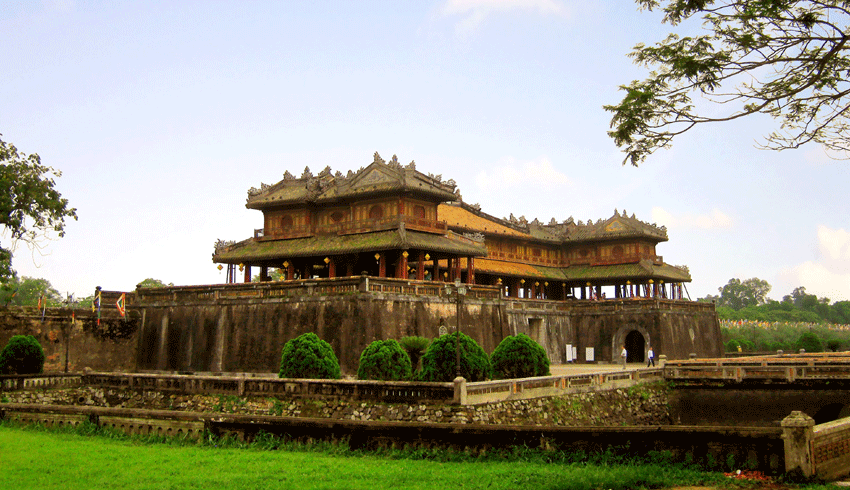
2) Hoi An Ancient Town
Hoian is located in Vietnam’s central. It is an exceptionally well-preserved example of a South-East Asian trading port dating from the 15th to the 19th century. Most of the buildings in the ancient city have a traditional architectural design of the 19th and 20th century.
Hoian ancient town is famous for its Japanese and Chinese architecture, hand made toys (lantern, lotus floating candle), silks, colorful pagodas, Full Moon Festival
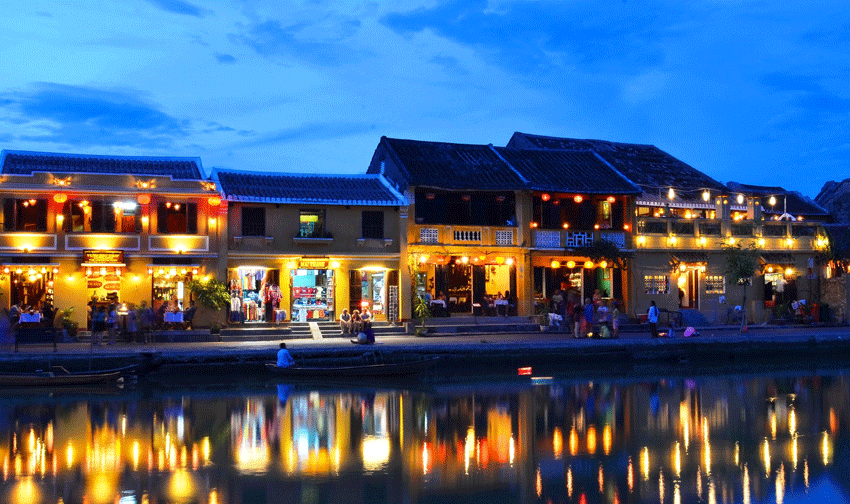
3) My Son Sanctuary (1999)
My Son possesses 71 monuments and 32 epitaphs of the long gone centuries. The site’s history dates back to the 4th through the 14th century AD. The site was also the spiritual center of the Champa people. It is a unique culture which owed its spiritual origins to Indian Hinduism developed on the coast of contemporary Viet Nam. These Temples here once were the place for the royal family of Champa to remember their ancestors and worship their Gods. The wild nature of the place reates a wonderful scene for visiter.
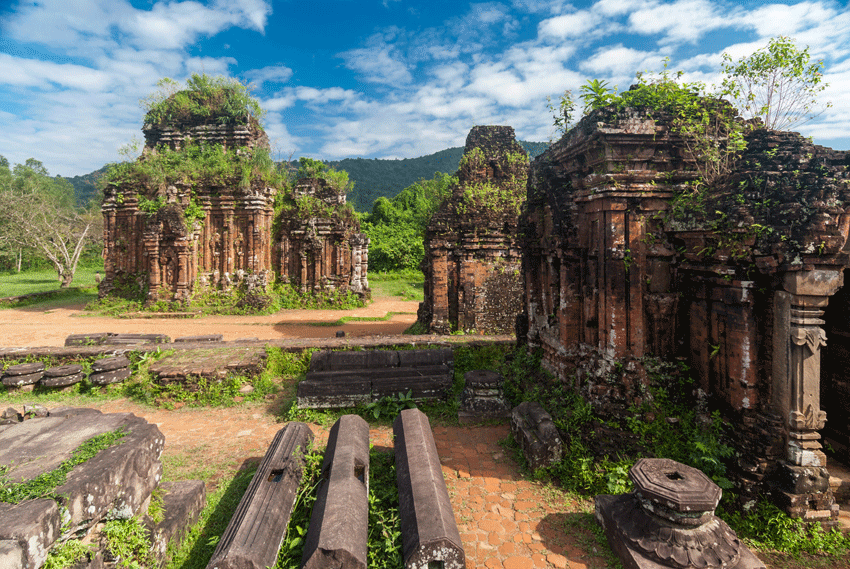
4) Central Sector of the Imperial Citadel of Thang Long – Hanoi (2010)
The Thang Long Imperial Citadel is located in Hanoi. It was built in the 11th century by the Ly Viet Dynasty. It was constructed on the remains of a Chinese fortress dating from the 7th century. The Imperial Citadel and the Hoang Dieu Archaeological Site reflect the culture of Southeast Asia that is reminiscent of life in the lower Red River Valley of Hanoi. The Imperial Citadel of Thang Long was recognized into the list of UNESCO World Heritage Sites in Vietnamin 2010.
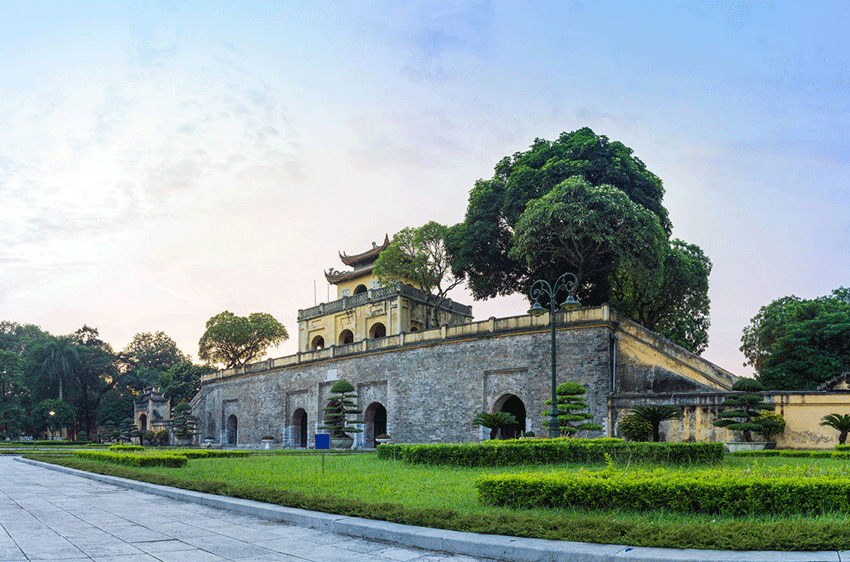
5) Citadel of the Ho Dynasty
The Citadel of the Ho Dynasty was built in the 14th. It was built according to the feng shui. According to these principles it was sited in a landscape of great scenic beauty on an axis joining the Tuong Son and Don Son mountains in a plain between the Ma and Buoi rivers. In addition, the citadel represent a new style of imperial city that is booming in Southeast Asia.
6) Halong Bay
Halong Bay is Located in the Gulf of Tonkin in Quang Ninh Province. UNESCO listed Ha Long Bay as a natural heritage site in 1994. It has a total of about 1,600 islands, and the islets have a total area of about 4,300 hectares. The site has limestone karst landforms with spectacular coastal erosion pillars, caves, and arches. In addition to being a UNESCO recognized site, it is also a natural wonder of the world since 2012 as per the New 7 Wonders poll.
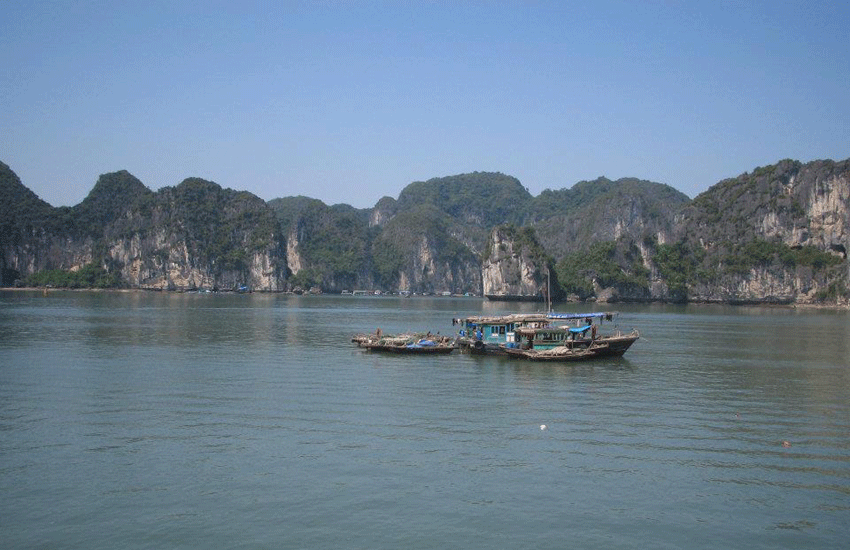
7) Phong Nha-Ke Bang National Park
The Phong Nha-Ke Bang National Park, inscribed on the World Heritage List in 2003, covered 85,754 hectares. The park consists of the oldest karst mountain in Asia that was believed to have formed for over 400 million years. The karst cave is home to multiple cave systems and underground rivers. In addition to being the largest cave system in Asia. The site harbours a high level of biodiversity and many endemic species. The extension ensures a more coherent ecosystem while providing additional protection to the catchment areas that are of vital importance for the integrity of limestone landscapes.
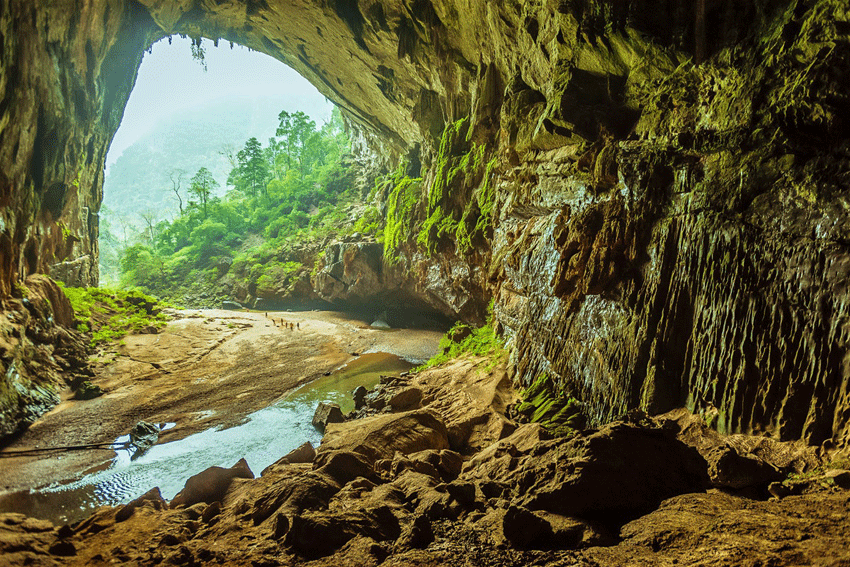
8) Trang An Landscape Complex
Trang An landscape Complex is located in Ninh Binh, near the southern margin of the Red River Delta. It was included into the list of UNESCO World Heritage Sites in Vietnam in 2014 both for its cultural and natural value. It is often called as the “Inland Ha Long Bay”. It is a spectacular landscape of limestone karst peaks permeated with valleys, many of them partly submerged and surrounded by steep, almost vertical cliffs. Exploration of caves at different altitudes has revealed archaeological traces of human activity over a continuous period of more than 30,000 years. There are also small villages, temples, ride paddy fields, and pagodas within the area.
